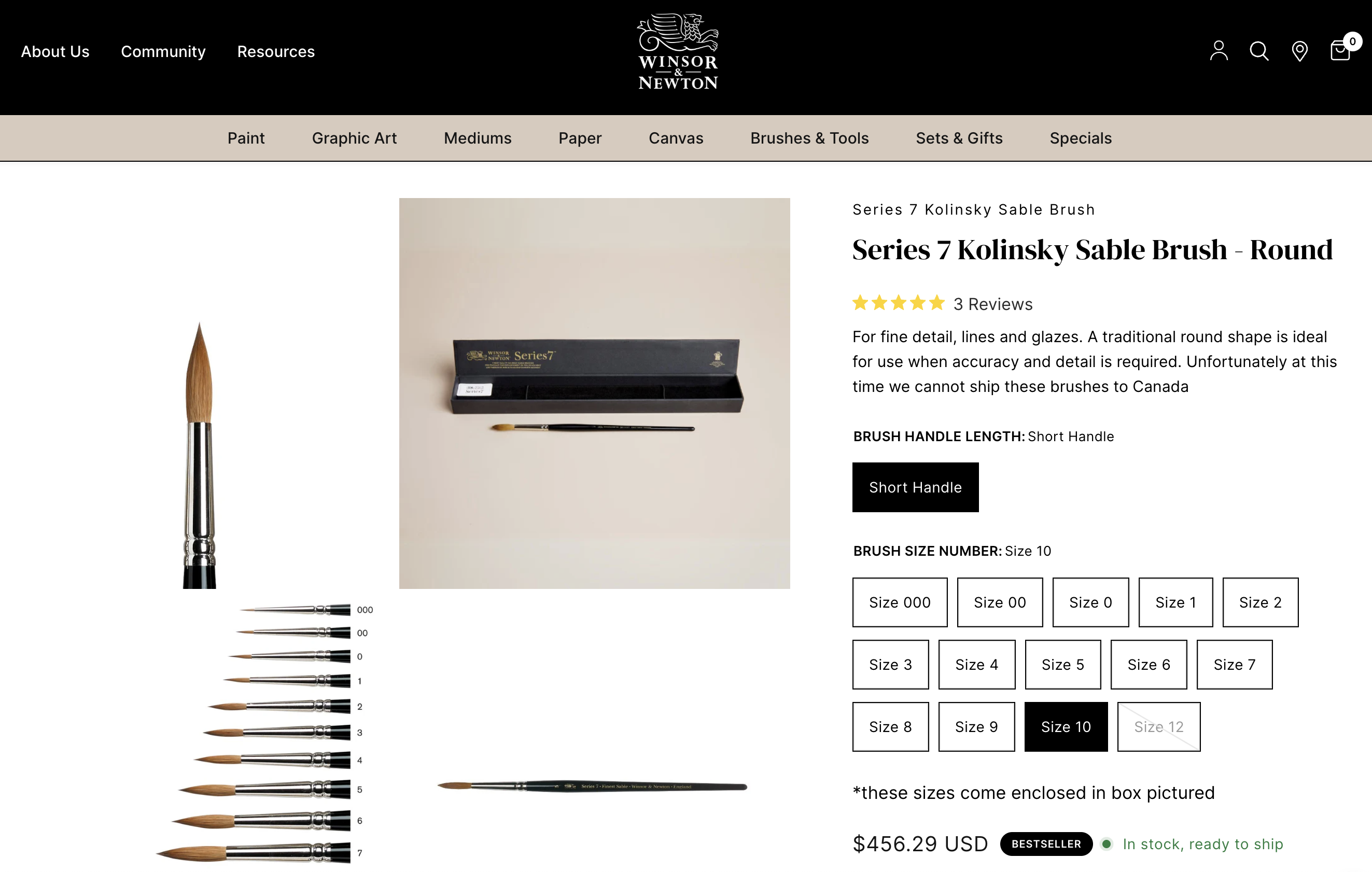Hot Take: Quilt Backs Are Important
- Published:
- Length: 875 words
- Reading Time: 5 minutes
A "hot take" is an opinion likely to be unpopular or cause controversy, and I've got a doozy for you today.
A quilt's back (with visible stitches showing) is an important part of the complete work of art, and quilt artists should put effort into making sure they look good.
There. I said it. I believe quilt backs are important. And that statement is guaranteed to ruffle some feathers, especially among my fellow art quilters. But I don't have this opinion merely for the sake of being contrary; I believe there're good reasons behind why artists should pay attention to the backs of their quilts. So let's take some time to consider both sides of the issue, and just maybe I can persuade you to see things from my point of view.
Quilt Backs Are Art
Some quilting styles incorporate decorative additions to their backs. This was the case for the Best of Show winner at the International Quilt Festival in 2024. The stitching was done in such a way that shows a different image on the back. (I'm not sure how it was done, but the quilt front shows a still life while the back shows a pair of cats.) Take a look on the IQF's website.
I am also trying something new on the back with my own work. For the first time, I'm quilting with colored bobbin thread for no other reason than to create a colorful line art design on the back.

But quilts like mine or the IQF Best in Show winner are not part of the anti-quilt back argument. Their artists have spent time doing something unique and want to show it off. The people against quilt backs have, perhaps, used an unusual or experimental technique that has resulted in a messy back. Or perhaps, for whatever reason, the artist had trouble with the thread tension while quilting and the back is unsightly. Or maybe those individuals have perfect tension and just disagree on principle.
For better or worse, we quilters have chosen a medium that utilizes artistry in both directions. The choice of top and bobbin threads, managing tension, and pattern of quilting create designs on both sides of the project at the same time. And the threads are repeatedly looping together, so changes to one side affect the other. Because both threads require the artist's attention and are so literally tied together, I personally feel this makes both sides of a quilt art, or at the very least, both sides are part of the greater art project as a whole. That means they are both worth creative artistic attention in their own rights.
Judging Brushstrokes
An argument against quilt backs that I have heard often is:
Painters aren't judged on the quality of their brushstrokes. Quilts are art, so we shouldn't be judged on the quality of our stitches.
I can tell you from personal experience that painters are absolutely judged on the quality of their brushstrokes. Brushstrokes are the lifeblood of a painting, and they communicate so much about the artist. Brushstroke analysis is also an important part of establishing provenance. But everything I just said is kind of vague and nebulous, so let me give a specific example.
Sable brushes are some of the finest brushes in the world. They are beloved by artists for their ability to hold liquid, their "spring", and how well they maintain a point. No synthetic or other natural hair/fiber can compare. Depending on size, a single sable brush can cost hundreds of dollars.
Is it possible for an artist to achieve the same results without using a sable brush? Possibly yes, if they have enough talent and skill. But it will be significantly and unquestionably more difficult, and that difficulty may affect the finished painting.
This parallels quilting. A sewing machine is necessary; a longarm specifically is not. But using a longarm, especially for large quilts, may make it easier for a quilter to achieve the best stitching (both in even tension and stitch length) because they will have more room to work.
The Bottom Line
The back of the quilt gives me the opportunity to showcase my talent as an artist. If I make sure to have proper tension, no loose threads, no buckles or ripples or wrinkles in the fabric - all of that detail shows that I have mastered my chosen artform.
Ultimately, the back of your quilt is part of your art. And you get to decide how to make your own art. My opinion is that the backs of quilts are important. You may not agree. But truthfully, there is no right or wrong; there are simply consequences.
If you believe art quilts should not be judged on their backs, keep in mind there are other people out there who disagree. Those people will pay attention to making a good-looking back, and for better or worse, that will set their work apart from yours.
